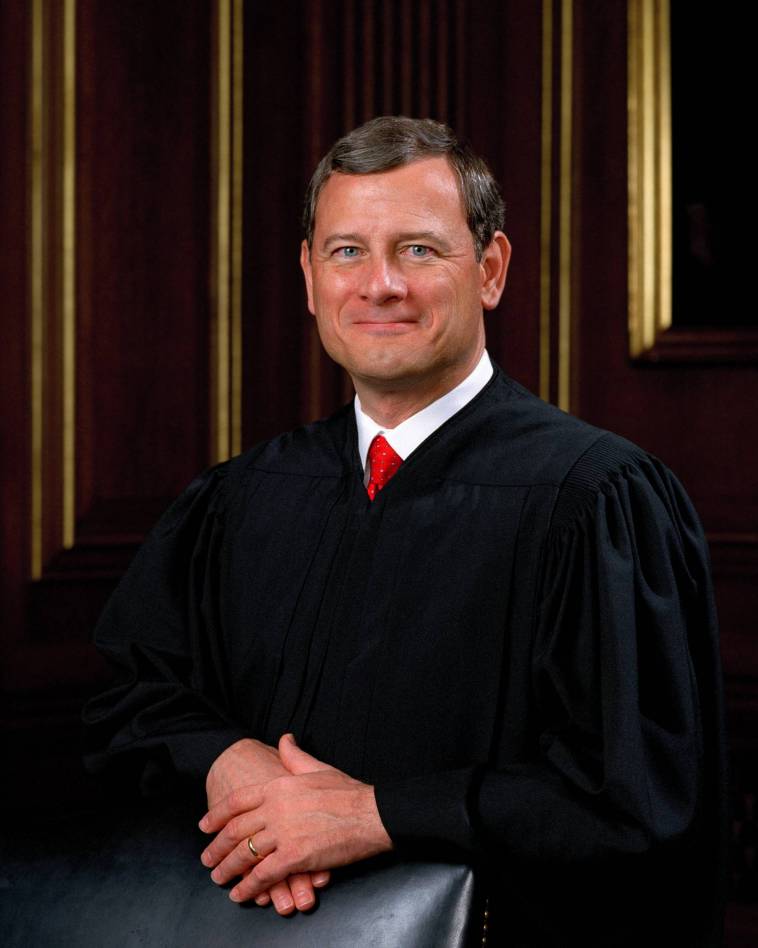WASHINGTON — U.S. Chief Justice John Roberts on Friday put an impermanent hang on the exposure to a Democratic-drove House of Representatives panel of great jury material redacted from previous Special Counsel Robert Mueller’s report on Russian impedance in the 2016 political race.
The square will stay set up while the court thinks about what move to make. The U.S. Court of Appeals for the District of Columbia Circuit decided in March that the materials must be unveiled to the House Judiciary Committee and wouldn’t require that choice to be postponed.
The appeals court said the materials must be given over by May 11 if the Supreme Court didn’t mediate.
The committee’s lawyers have until May 18 to document their reaction to the Justice Department’s solicitation to obstruct the materials being promptly given over, Roberts’ brief request said.
The Supreme Court on Tuesday is scheduled to hear another standoff among Trump and the House, this time over advisory group summons looking for his money related records from his bookkeeping firm and two banks.

Around the same time, the court is additionally gauging an endeavor by a New York amazing jury to acquire Trump’s government forms and related materials.
The court has a 5-4 conservative majority that includes two Trump deputies.
In the Mueller-related case, the appeals court in March upheld an Oct. 25 decision by Chief U.S. Region Judge Beryl Howell against the administrations offered to keep the redacted material secret.
The circuit court upheld Howell’s choice to guide the administration to comply with a subpoena by the House Judiciary Committee for the material passed out of Mueller’s report.
The court concurred with Howell’s choice that the House, in its indictment examination of Trump a year ago, was occupied with a legal continuing absolved from mystery decides that normally shield great jury materials from exposure.
Trump’s administration has wouldn’t agree to different House subpoenas for records and testimony in a force battle between the official and authoritative parts of the U.S. government.



